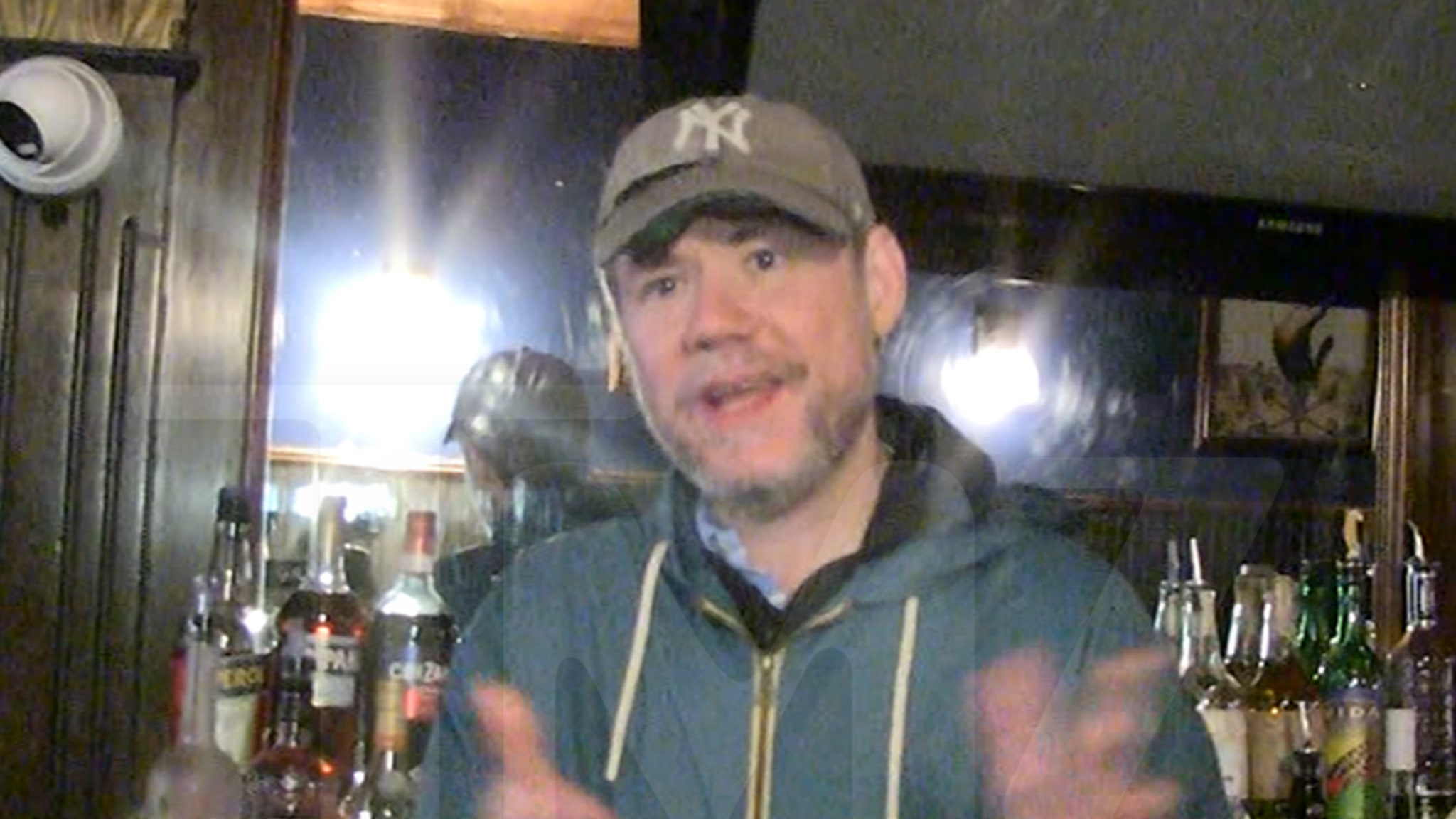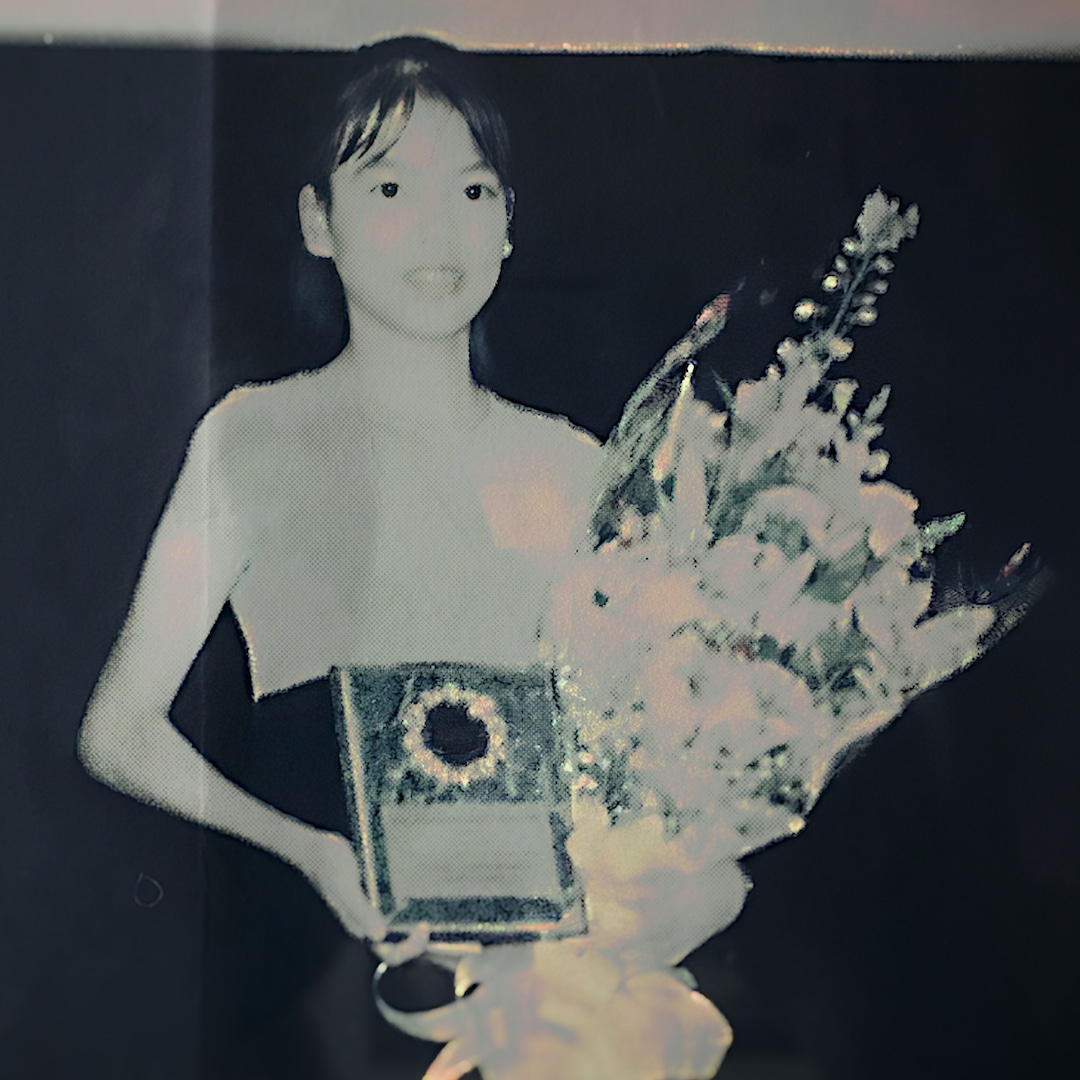Culture
Book Review: ‘Tits Up,’ by Sarah Thornton

TITS UP: What Sex Workers, Milk Bankers, Plastic Surgeons, Bra Designers, and Witches Tell Us About Breasts, by Sarah Thornton
It’s a testament to the sociologist Sarah Thornton’s central thesis — women’s breasts are unjustly sexualized, trivialized and condescended to — that I expected her new book, “Tits Up,” to be a light read. In fact, her impassioned polemic makes a convincing case that the derogatory way Western culture views tits (Thornton contrasts her chosen slang with the relatively “silly” and “foolish” boobs) helps perpetuate the patriarchy.
Breasts have been seen as “visible obstacles to equality, associated with nature and nurture rather than reason and power,” Thornton announces upfront. Over five, sometimes fascinating, sometimes frustrating chapters, each examining mammaries in a different context, “Tits Up” asks readers to reimagine the bosom, no matter its size and shape, as a site of empowerment and even divinity.
The author of a similarly discursive survey of the early 2000s art world, Thornton arrived at her new topic not entirely by choice. In 2018, after one too many stressful biopsies, she underwent a double mastectomy. But neither a fraught origin story nor Thornton’s argument that women are unfairly restrained by their mammalian status prevents “Tits Up” from being funny, too. Keen to make peace with her larger than expected implants — Thornton had requested more modest “lesbian yoga boobs” — she names her new pair Ernie and Bert.
The three of them soon hit the research road.
First stop: the Condor, a historic strip club in San Francisco, where Thornton interviews a racially and size-diverse group of strippers, who paint a relatively sunny portrait of a notoriously sleazy industry. Additional interviews with feminist sex activists and performance artists such as Annie Sprinkle — if you’re in need of a good laugh, Google “Bosom Ballet” — lead Thornton to conclude that, even when breasts are targets of overt objectification (after all, most patrons of topless bars are male), they might be thought of less as “sex toys” than as “salaried assistants.”
Feminists have been fighting about what’s now known as “sex work” for as long as feminism has been around. Thornton comes down squarely on the side of the workers. But she goes further than that. “I think the most fundamental issue inhibiting women’s autonomy — our right to choose what we do with our bodies — is the state’s policing of sex work,” she writes. “If some women can’t sell their bodies, then none of us actually own our bodies.” Reading these lines, I admit my first thought was, Huh? Should women’s ability to prostitute themselves really be the measure of our liberation?
But the chapter that follows, a cri de coeur on behalf of breastfeeding and the legacy of communal “allomothers” — women who nurse children who are not their own — seems to make a counterargument in favor of configuring breasts outside both capitalism and sexuality. After interviewing the women who run, provide and reap the benefits of a San Jose-based nonprofit milk “reservoir” (Thornton prefers the term to “bank”), she writes, “In a capitalist society where women’s breasts are commodified like no other body part, here their jugs are the key players in an economy that is not about money.”
It’s to Thornton’s credit that, her polemical tone notwithstanding, she is open-minded enough to entertain paradoxes. (And entertain she does.) While she despairs at the discouraging lingo that surrounds nursing — “milk letdown” comes in for particular condemnation — she admits to having felt conflicted while breastfeeding her own, now grown, children, insofar as the practice evoked for her the enervating specter of the selfless mother.
Semantics are at the heart of “Tits Up,” as Thornton rightly notes that the words we use inform the ideologies we subscribe to. But, again, the contradictions mount. Even as Thornton employs trans-activist-approved jargon such as “AMAB,” for assigned male at birth, and insists that both men and women have breasts, she draws the line at the term “chest feeding,” pointing out that “the expression obfuscates the highly gendered history of this maternal labor.”
Is it highly gendered or highly sexed? Either women’s lives are too much hampered by the fetishization and fear of their anatomy, or — paging Judith Butler — sexual difference is socially constructed and therefore, at least in theory, susceptible to change. I don’t quite see how these arguments can coexist.
Another research trip lands Thornton in the studio of a mass-market bra designer, where she decides that, although the brassiere is an impressive feat of engineering designed to make women feel safe, it’s past time we stopped hiding our nipples. In the operating room of a high-end plastic surgeon who performs augmentations, lifts and reductions, she concludes that breast alterations are not simply capitulations to normative beauty standards. Instead, such procedures might be understood in terms of female agency — as gestures that exist outside the logic of resistance or submission. Finally, she attends a neo-pagan retreat for women in the California redwoods, where she reflects on how alternative spiritual practices provide more space for aging female bodies — the kind of woman once referred to as a “crone” — and fantasizes half in jest about a world where saggy breasts are regarded as “sagacious.”
Drawing on her art history background, Thornton also leads us on an enlightening tour of female deities and their bosoms, including the Greek goddess of the hunt, Artemis (frequently depicted with multiple breasts); a Buddhist goddess of compassion, Guanyin (always portrayed as pancake flat); and the Virgin Mary, who, in portraits of her nursing baby Jesus, often appears to have only one boob. (Go figure.)
What does it all add up to? “Women have no federal right to breastfeed or to obtain an abortion, but we have the right to fake tits,” Thornton writes, noting that since 1998 health insurance companies have been required to pay for breast implants following medically necessary mastectomies. But what would a “federal right to breastfeed” look like, anyway? This declaration is among countless thought-provoking ones in this deceptively trenchant if inconsistently argued treatise. In any event, I eagerly await the sequel: “Asses Down”?
TITS UP: What Sex Workers, Milk Bankers, Plastic Surgeons, Bra Designers, and Witches Tell Us About Breasts | By Sarah Thornton | Norton | 307 pp. | $28.99





















